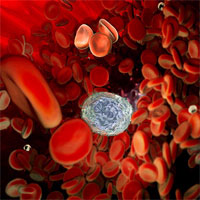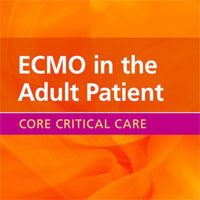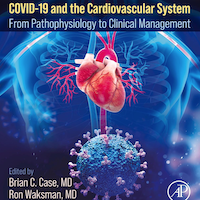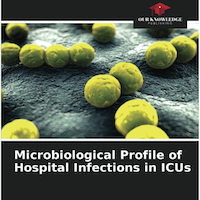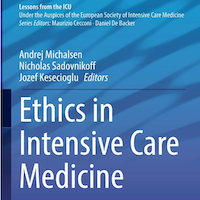Tag: diagnosis
Guidelines for the Diagnosis and Management of Critical Illness-Related Corticosteroid Insufficiency – Part I
Evidence-based recommendations for the use of corticosteroids in critically ill patients with sepsis and septic shock, acute respiratory distress syndrome, and major trauma have been developed by a multispecialty task force.... read more

Guidelines for Point-of-Care Use of Transesophageal Echocardiography in Cardiac Arrest Resuscitation
In patients with cardiac arrest, transesophageal echocardiography (TEE) may provide greater benefits than transthoracic echocardiography (TTE) for imaging, diagnosis, and prognosis, according to a review paper published in... read more

Tree-like Color Doppler in Diagnosing Pneumonia in Critically Ill
Pneumonia remains a difficult sonographic diagnosis in the critically ill. It is characterized by hypoechoic areas, irregular margins, heterogeneous echo texture, dynamic air bronchogram, pleural effusion and vascular flow... read more
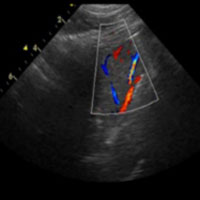
Algorithm Can Diagnose Pneumonia Better than Radiologists
Stanford researchers have developed a deep learning algorithm that evaluates chest X-rays for signs of disease. In just over a month of development, their algorithm outperformed expert radiologists at diagnosing pneumonia.... read more
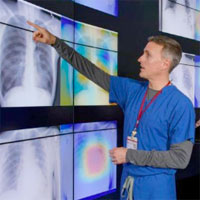
Responding to Ten Common Delirium Misconceptions With Best Evidence
Delirium (acute confusion) is a serious, common health condition, and it predicts poor outcomes, including greater rates of mortality, institutionalization, prolonged hospitalization, and cognitive impairment. Expedient diagnosis... read more

Enhancing Delirium Case Definitions in Electronic Health Records
Delirium is an acute confusional state, associated with morbidity and mortality in diverse medically ill populations. Delirium may be better captured by composite outcomes, including both administrative claims data and elements... read more

Accuracy and Applications of Lung Ultrasound to Diagnose VAP
Lung ultrasound (LUS) is an accurate tool to diagnose community-acquired pneumonia. However, it is not yet an established tool to diagnose ventilator-associated pneumonia (VAP). Small subpleural consolidations and dynamic... read more

Medical Misdiagnosis: More Common Than You Think
Each year an estimated 12 million Americans get the wrong diagnosis from their doctor--a medical problem is seen as something else, missed entirely or identified late. Most of the diagnostic errors are not about rare diseases,... read more
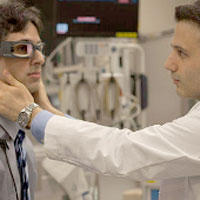
Endobronchial Ultrasound Can ID Pulmonary Thromboembolism
The researchers found that in four cases (0.7 percent), filling defects were demonstrated in central pulmonary arteries while sampling mediastinal lymph nodes.... read more
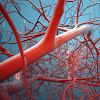
Rapid genetic testing useful for diagnosis of critically ill children
In a cohort of children under the age of 12 months admitted to the intensive care unit (ICU) without a clear diagnosis, rapid, targeted genetic testing revealed a diagnosis in about one-third of patients. Genetic diagnoses... read more

First Year in Care Critical to Retention, HIV Suppression
A previous study showed that the rate of long-term mortality more than doubled when patients missed visits in the first year after diagnosis.... read more

Systematic review suggests synovial fluid analysis when necessary for diagnosis of gout
Gout presents with acute attacks of synovitis that start out as intermittent but can advance to chronic symptoms.... read more
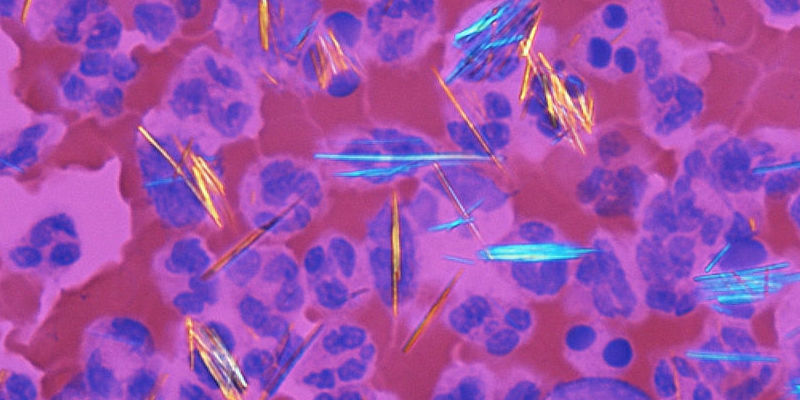
Link Between Diabetes and Hospital Readmission Rates
Patients with diabetes have higher rates of hospital readmission compared with patients without diabetes, according to a pilot study published in Clinical Diabetes and Endocrinology. In the first study, the readmission rate... read more

Growing Concerns of Hepatitis E in Europe
Cases of Hepatitis E in Europe have increased by 10x over 10 years, with 5617 cases in 2015. Testing, case definitions, diagnosis, and surveillance for HEV infection vary extensively across Europe, with only 20 member states... read more
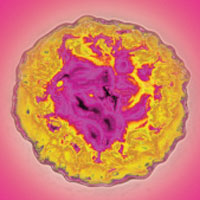
New Diagnostic Tests: More Harm Than Good
Although new diagnostics may advance the time of diagnoses in selected patients, they will increase the frequency of false alarms, overdiagnosis, and overtreatment in others. Bjorn Hofmann and H. Gilbert Welch explain how... read more
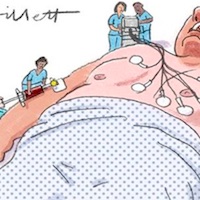
Transthoracic echocardiography: an accurate and precise method for estimating cardiac output in the critically ill patient
Cardiac output (CO) monitoring is a valuable tool for the diagnosis and management of critically ill patients. In the critical care setting, few studies have evaluated the level of agreement between CO estimated by transthoracic... read more

Diagnostic Value of Procalcitonin on Early Postoperative Infection After Pediatric Cardiac Surgery
Procalcitonin was more accurate than C-reactive protein and WBC to predict early postoperative infection, but the diagnostic properties of procalcitonin could not be observed during the first 3 postoperative days due to the... read more
